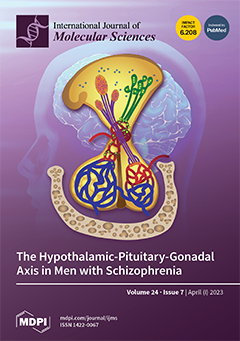Germanium and germanium-based compounds are widely used in microelectronics, optics, solar cells, and sensors. Recently, germanium and its oxides, nitrides, and phosphides have been studied as active electrode materials in lithium- and sodium-ion battery anodes. Herein, the newly introduced highly soluble germanium oxide
[...] Read more.
Germanium and germanium-based compounds are widely used in microelectronics, optics, solar cells, and sensors. Recently, germanium and its oxides, nitrides, and phosphides have been studied as active electrode materials in lithium- and sodium-ion battery anodes. Herein, the newly introduced highly soluble germanium oxide (HSGO) was used as a versatile precursor for germanium-based functional materials. In the first stage, a germanium-dioxide-reduced graphene oxide (rGO) composite was obtained by complete precipitation of GeO
2 nanoparticles on the GO from an aqueous solution of HSGO and subsequent thermal treatment in argon at low temperature. The composition of the composite, GeO
2-rGO (20 to 80 wt.% of crystalline phase), was able to be accurately determined by the HSGO to GO ratio in the initial solution since complete deposition and precipitation were achieved. The chemical activity of germanium dioxide nanoparticles deposited on reduced graphene oxide was shown by conversion to rGO-supported germanium nitride and phosphide phases. The GeP-rGO and Ge
3N
4-rGO composites with different morphologies were prepared in this study for the first time. As a test case, composite materials with different loadings of GeO
2, GeP, and Ge
3N
4 were evaluated as lithium-ion battery anodes. Reversible conversion–alloying was demonstrated in all cases, and for the low-germanium loading range (20 wt.%), almost theoretical charge capacity based on the germanium content was attained at 100 mA g
−1 (i.e., 2595 vs. 2465 mAh g
−1 for Ge
3N
4 and 1790 vs. 1850 mAh g
−1 for GeP). The germanium oxide was less efficiently exploited due to its lower conversion reversibility.
Full article






